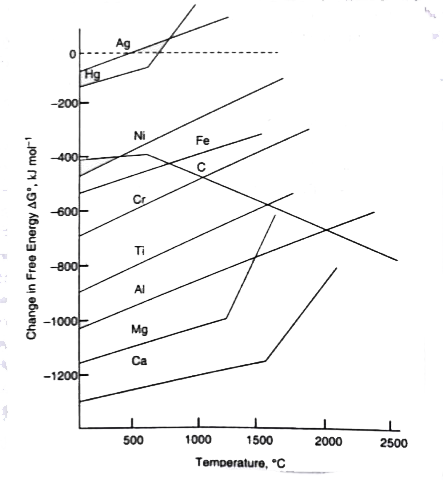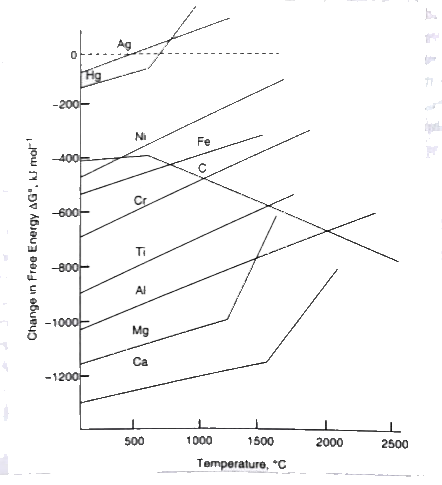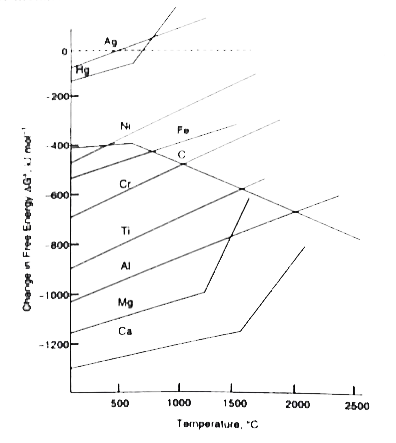Due to thermal ecpansion with rise in temperature
(a) Metallic scale reading becomes lesser than true value
(b) A floating body sinks a little more
(c) The weight of a body in a liquid increases
Only (a) is correct
(a) & (b) are correct
(a),(b) & (d) are correct
(a),(b) & (c) are correct
The correct Answer is:D
Step by step video, text & image solution for Due to thermal ecpansion with rise in temperature (a) Metallic scale reading becomes lesser than true value (b) A floating body sinks a little more (c) The weight of a body in a liquid increases by Physics experts to help you in doubts & scoring excellent marks in Class 11 exams.
Topper's Solved these Questions
- BOOK - NARAYNACHAPTER - THERMAL PROPERTIES OF MATTEREXERCISE - LEVEL - I (C.W.)24videos
THERMAL PROPERTIES OF MATTER
- BOOK - NARAYNACHAPTER - THERMAL PROPERTIES OF MATTEREXERCISE - LEVEL - II (C.W.)20videos
THERMAL PROPERTIES OF MATTER
- BOOK - NARAYNACHAPTER - SYSTEM OF PARTICLES AND ROTATIONAL MOTION EXERCISE - EXERCISE - IV39videos
SYSTEM OF PARTICLES AND ROTATIONAL MOTION
- BOOK - NARAYNACHAPTER - THERMODYNAMICSEXERCISE - Exercise187videos
THERMODYNAMICS
Similar Questions
Newton’s law of cooling says that the rate of cooling of a body is proportional to the temperature difference between the body and its surrounding when the difference in temperature is small.
(a) Will it be reasonable to assume that the rate of heating of a body is proportional to temperature difference between the surrounding and the body (for small difference in temperature) when the body is placed in a surrounding having higher temperature than the body?
(b) Assuming that our assumption made in (a) is correct estimate the time required for a cup of cold coffee to gain temperature from 10∘C to 15∘C when it is kept in a room having temperature 25∘C. It was observed that the temperature of the cup increases from 5∘C to 10∘C in 4 minView SolutionGive reasons for the following.
(a) Liquids can be taken in an open container while gas requires a closed container.
(b) Honey cannot be poured into another container as easily as water
(c) Gases flow more than liquids.
(d) As water is subjected to heating, its temperature increases and becomes constant at 100∘C even though water is still there in the container and the supply of heat is continued.
(e) When a solid substance is subjected to heating, it dissappears without leaving any liquid.View Solution
Knowledge Check
- Question 1 - Select One
Which statement is correct when adsorption of gas take place on metal surface?
(a) δH becomes less negative with pregress of reaction.
(b) with progress of reaction the strength of residual forces increases.
(c) NH3 is adsorbed more than N2.
(d) Equilibrium concentration of adsorbate increases with increase in temperature.Aa,cBa,bCb,dDb,c - Question 2 - Select One
For a sponaneous reaction, the free energy change must be negative, ΔG=ΔH−TΔS,ΔH is the enthalpy change during the reaction. T is the absolute temperature, and ΔS is the change in entropy during the reaction. Consider a reaction such as the formation of an oxide
M+O2→MO
Dioxygen is used up in the course of this reaction. Gases have a more random structure (less ordered) than liquid or solids. Consequently gases have a higher entropy than liquids and solids. In this reaction S (entropy or randomness) decreases, hence ΔS is negative. Thus, if the temperature is raised then TΔS becomes more negative,Since, TΔS is substracted in the equation, then ΔG becomes less negative. Thus, the free energy change increases with the increase in temperature.
The free energy changes that occur when one mole of common reactant (in this case dioxygen) is used may be plotted graphically aginst temperature for a number of reactions of metals to their oxides. The following plot is called an Ellingham diagram for metal oxide. Understanding of Ellingham diagram is extremely important for the efficient extraction of metals.

As per the Ellingham diagram of oxides which of the following conclusion is true ?AAl reduces Fe2O3, whereas MgO cannot be reduced by Al at 1500∘CBFe reduces Al2O3, whereas MgO cannot be reduced by Al at 1500∘CCAl reduces Fe2O3, whereas MgO cannot be reduced by Ca at 1500∘CDAl can reduce both Fe2O3 and MgO to the corresponding metal at 1500∘C - Question 3 - Select One
For a sponaneous reaction, the free energy change must be negative, ΔG=ΔH−TΔS,ΔH is the enthalpy change during the reaction. T is the absolute temperature, and ΔS is the change in entropy during the reaction. Consider a reaction such as the formation of an oxide
M+O2→MO
Dioxygen is used up in the course of this reaction. Gases have a more random structure (less ordered) than liquid or solids. Consequently gases have a higher entropy than liquids and solids. In this reaction S (entropy or randomness) decreases, hence ΔS is negative. Thus, if the temperature is raised then TΔS becomes more negative,Since, TΔS is substracted in the equation, then ΔG becomes less negative. Thus, the free energy change increases with the increase in temperature.
The free energy changes that occur when one mole of common reactant (in this case dioxygen) is used may be plotted graphically aginst temperature for a number of reactions of metals to their oxides. The following plot is called an Ellingham diagram for metal oxide. Understanding of Ellingham diagram is extremely important for the efficient extraction of metals.

Which of the following elements can be prepared by heating the oxide above 400∘C ?AHgBMgCFeDAl
State whether the following statements are true or false:
(a) A falling stone also attracts the earth.
(b) The force of gravitation between two objects depends on the nature of medium between them.
(c) The value of G on the moon is about one-sixth(16) of the value of G on the earth.
(d) The acceleration due to gravity acting on a freely falling body is directly proportional to the mass or the body.
(e) The weight of an object on the earth is about one-sixth of its weight on the moon.View SolutionWhichof the following statements are correct ?
(a) With rise in temperature, surface tension of a liquid increases.
(b) The rise of a liquid in a capillary is due to the phenomenon of diffusion.
(c ) The boiling point of water is lower is Shimla than in Jalandhar.
(d) The viscosity of a liquid is generally more than that of a gas.View SolutionFill in the following blanks with suitable words:
(a) The acceleration due to gravity on the moon is about .
(b) In order that the force of gravitation between two bodies may become noticeable and cause motion, one of the bodies must have an of that on the earth. extremely large
( c) The weight of an object on the earth is about ........of its weight on the moon.
(d) The weight of an object on the moon is about
(e) The value of g on the earth is about .... of that on the moon.View SolutionAccording to kinetic theory of gases, absolute temperature of a gas is directly proportional to the average kinetic energy of translation per molecules to the gas. Zeroth law of thermodynamics established that temperature is the obly physical quantity that determines whether a given system is in thermal equilibrium with another system. heat flows from a system at higher temperatures to another system at lower temperature till their temperatures becomes equal. temperature corresponds to level in case of liquids, pressure in case of gases potential in case of electricity.
Read the above passage and answer the following questions :
(i) The absolute temperature of a gas is increased three times. what will be the increase in rms velocity of gas molecules ?
What values of life do you learn this concept of temperature ?View SolutionFor a sponaneous reaction, the free energy change must be negative, ΔG=ΔH−TΔS,ΔH is the enthalpy change during the reaction. T is the absolute temperature, and ΔS is the change in entropy during the reaction. Consider a reaction such as the formation of an oxide
M+O2→MO
Dioxygen is used up in the course of this reaction. Gases have a more random structure (less ordered) than liquid or solids. Consequently gases have a higher entropy than liquids and solids. In this reaction S (entropy or randomness) decreases, hence ΔS is negative. Thus, if the temperature is raised then TΔS becomes more negative,Since, TΔS is substracted in the equation, then ΔG becomes less negative. Thus, the free energy change increases with the increase in temperature.
The free energy changes that occur when one mole of common reactant (in this case dioxygen) is used may be plotted graphically aginst temperature for a number of reactions of metals to their oxides. The following plot is called an Ellingham diagram for metal oxide. Understanding of Ellingham diagram is extremely important for the efficient extraction of metals.

For the conversion of Ca(s) to Ca(s) which of the following represent the ΔG vs. T ?View Solution

